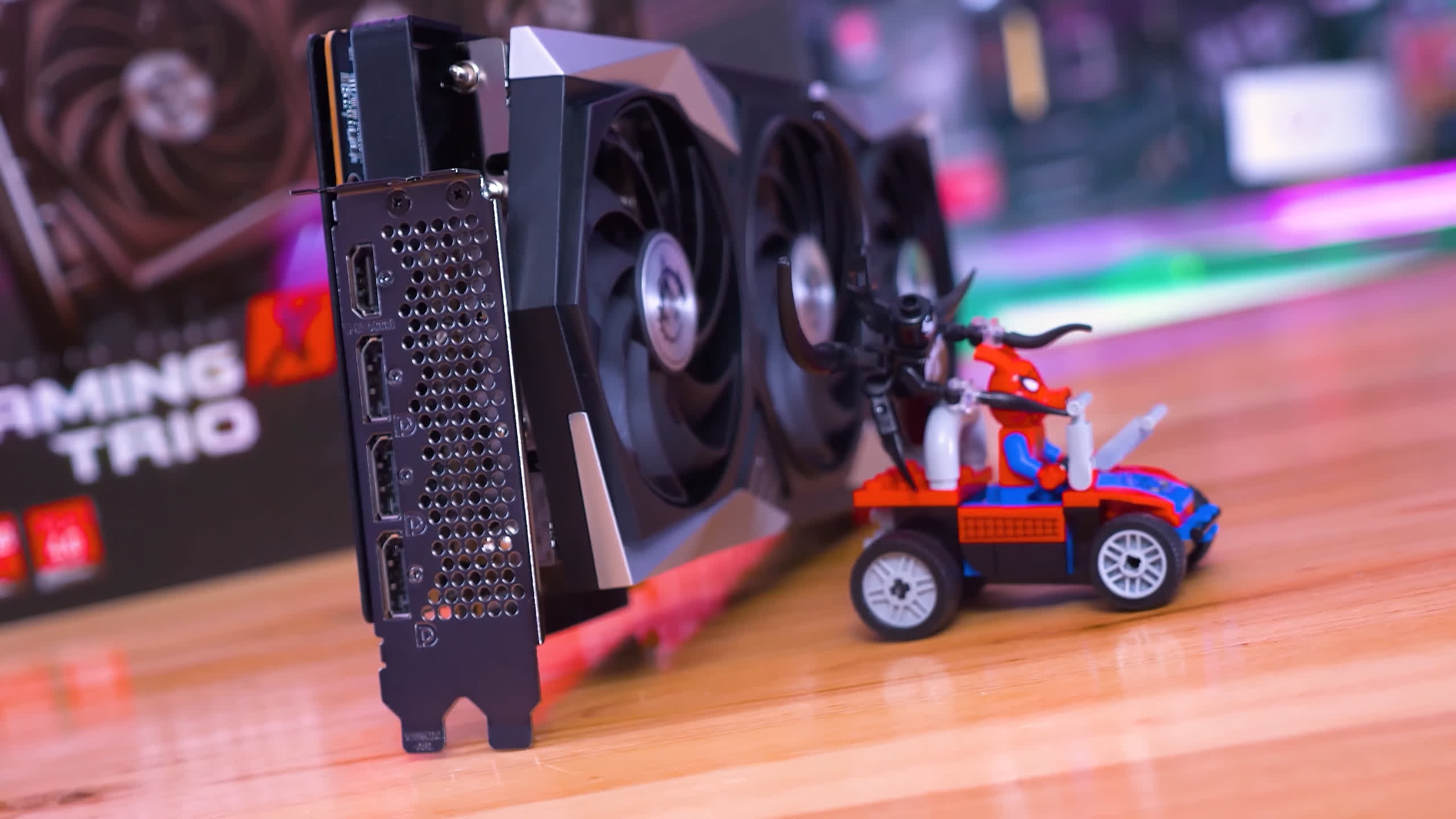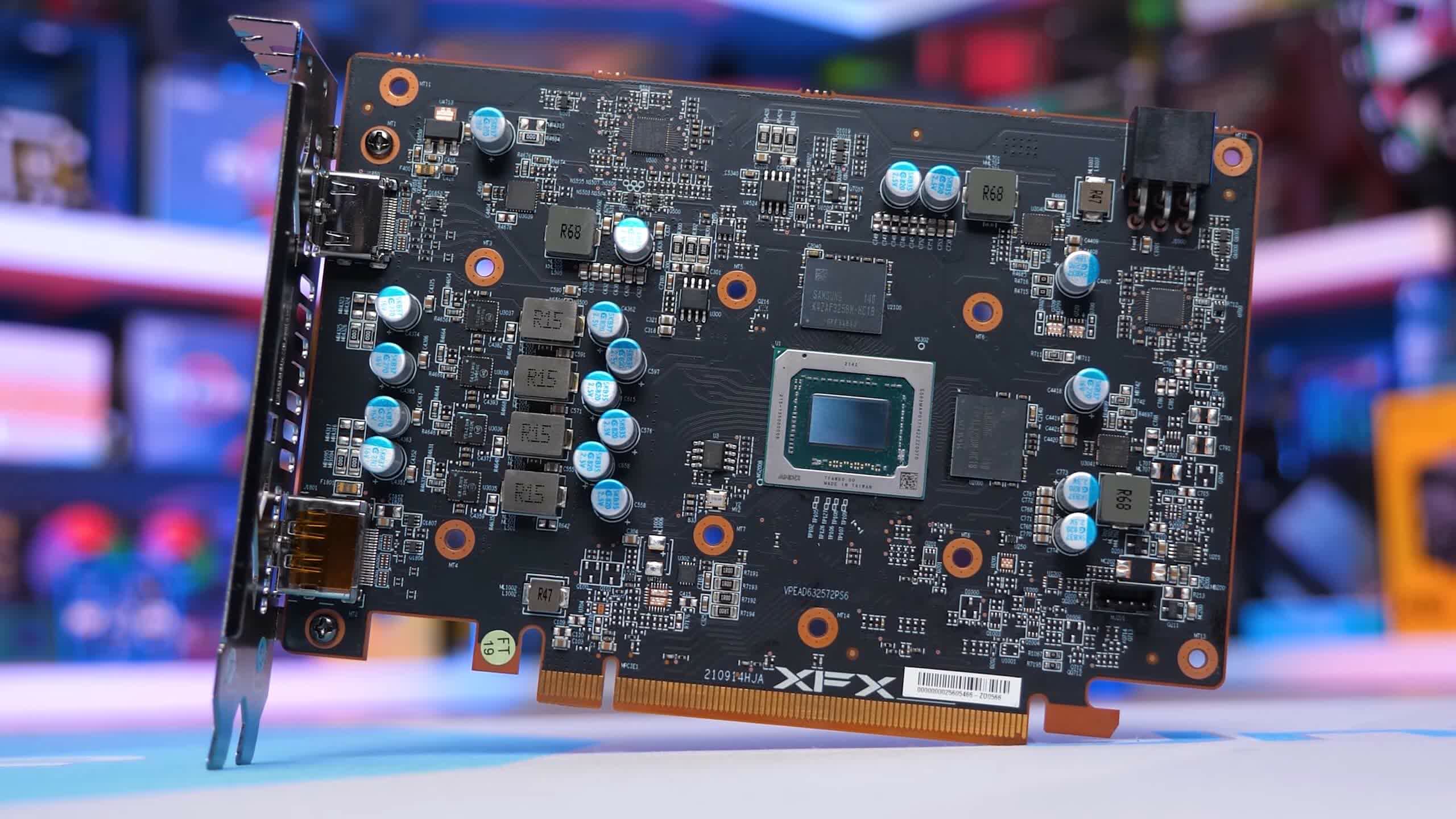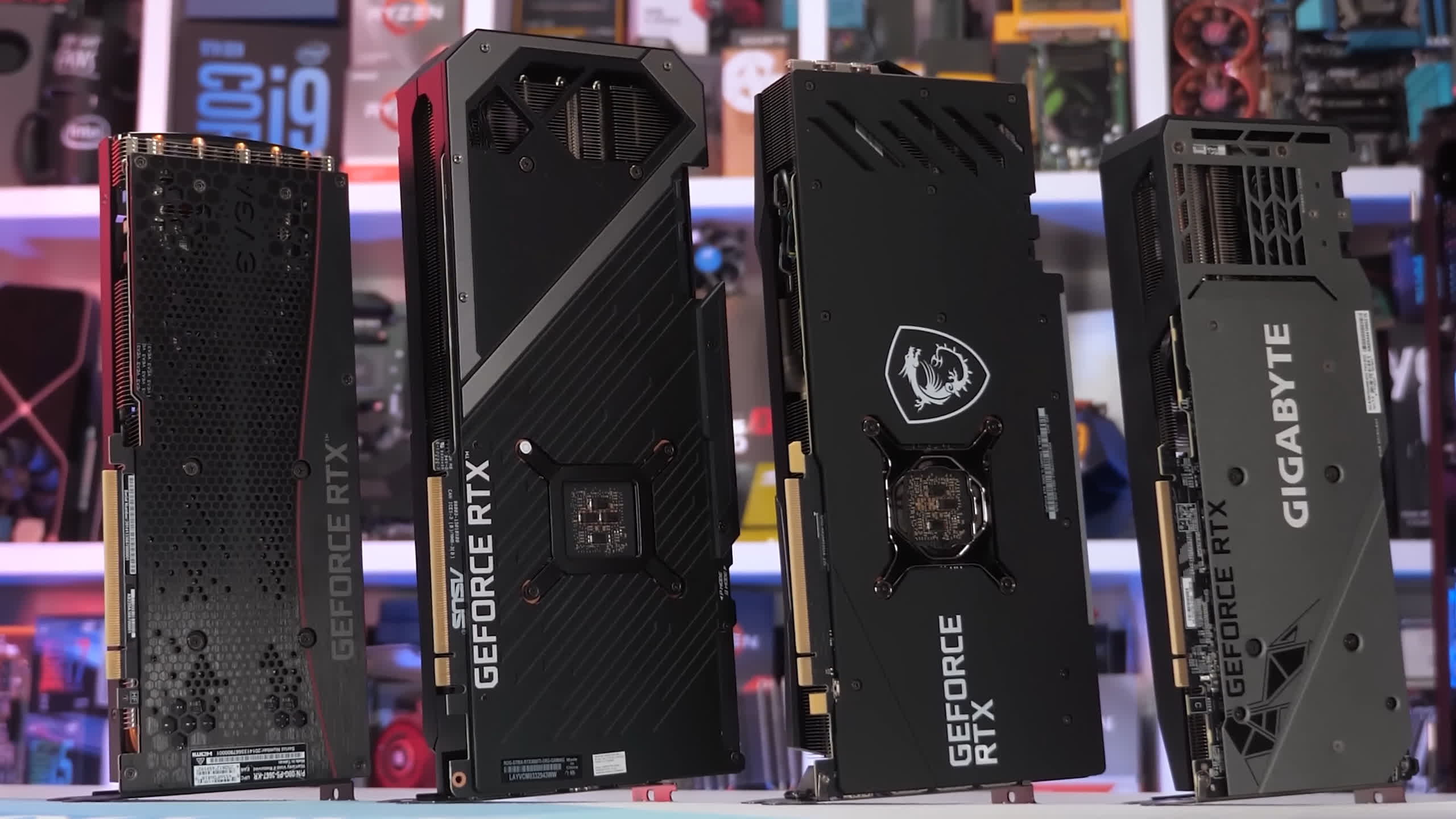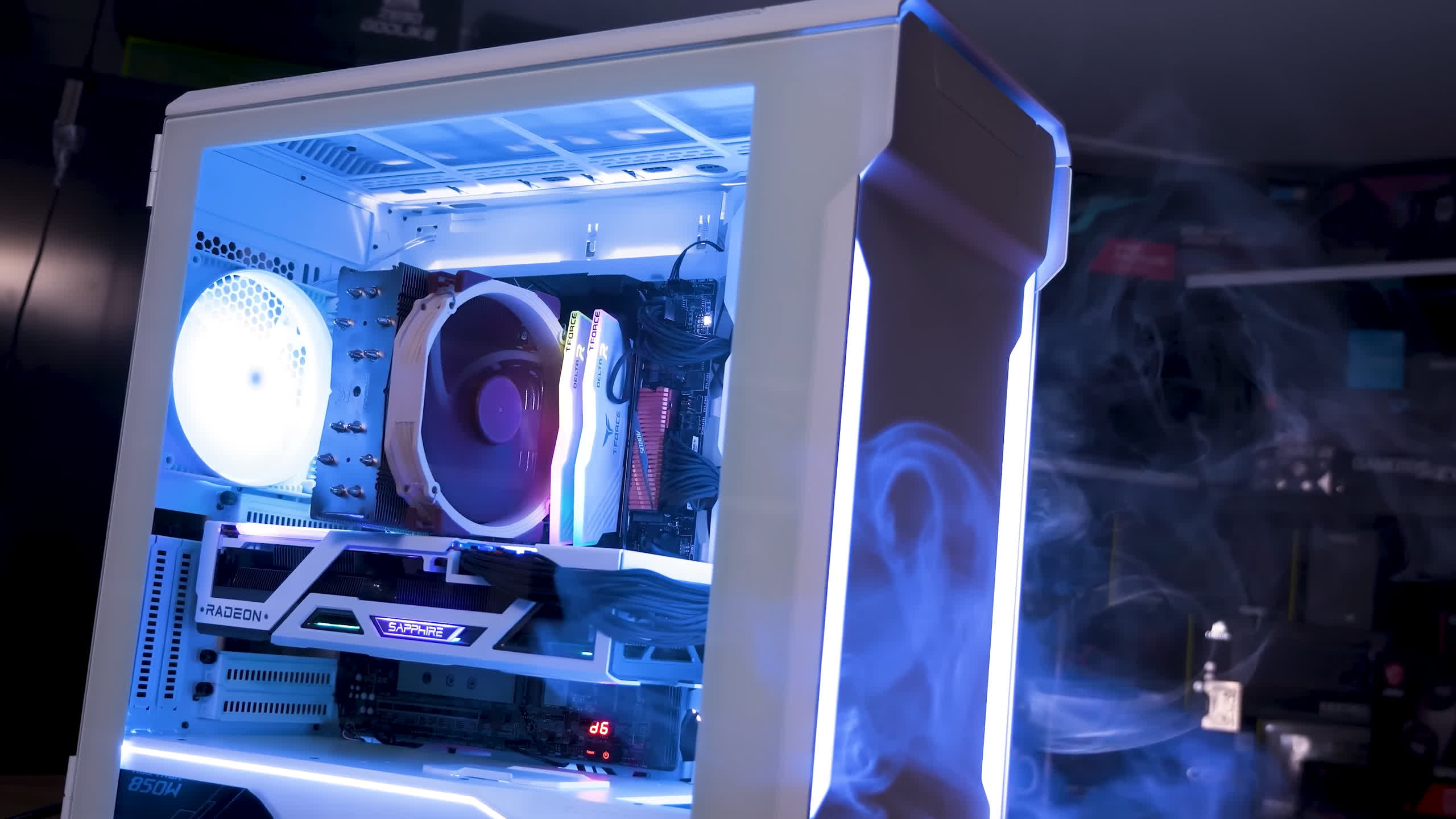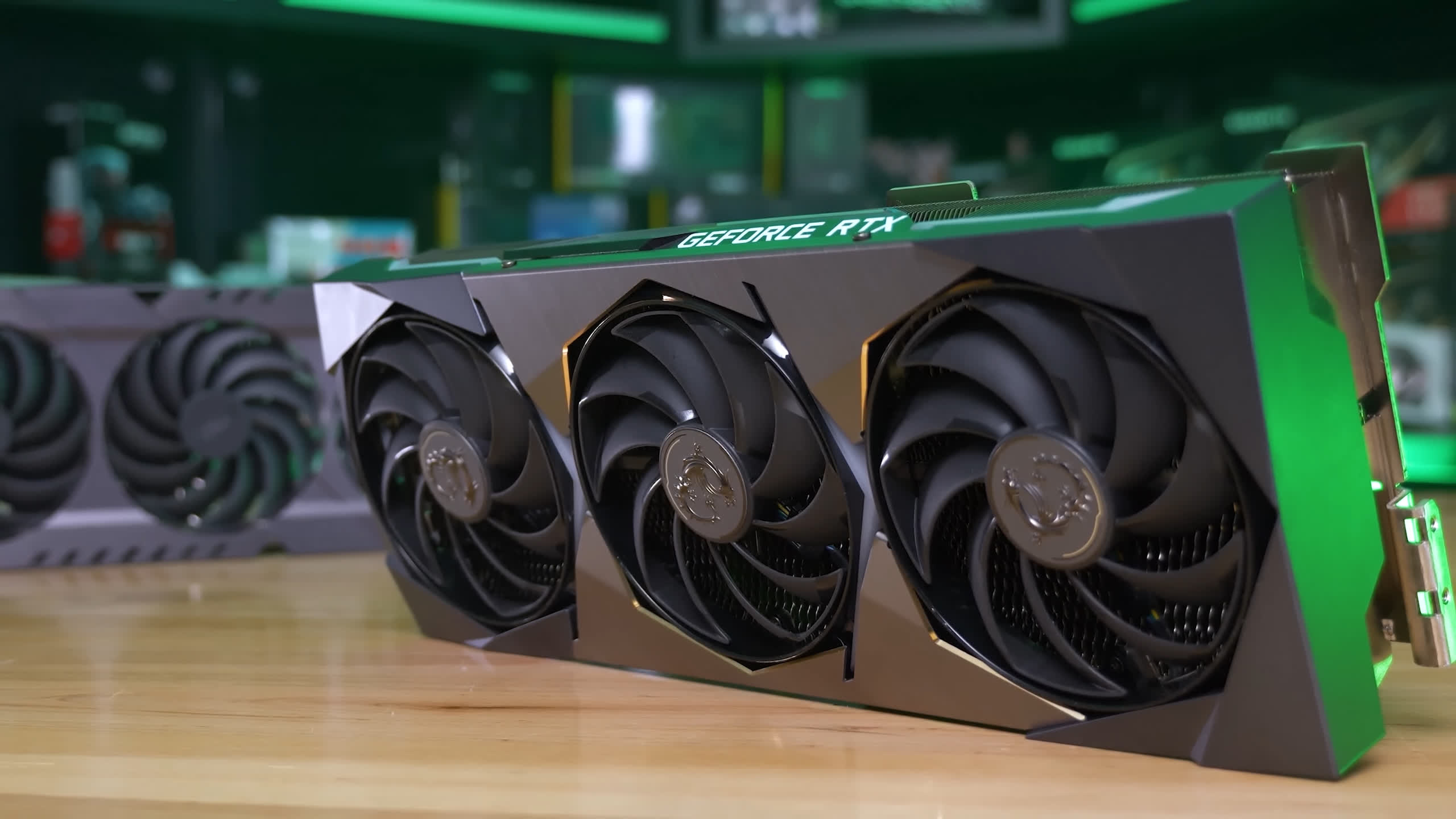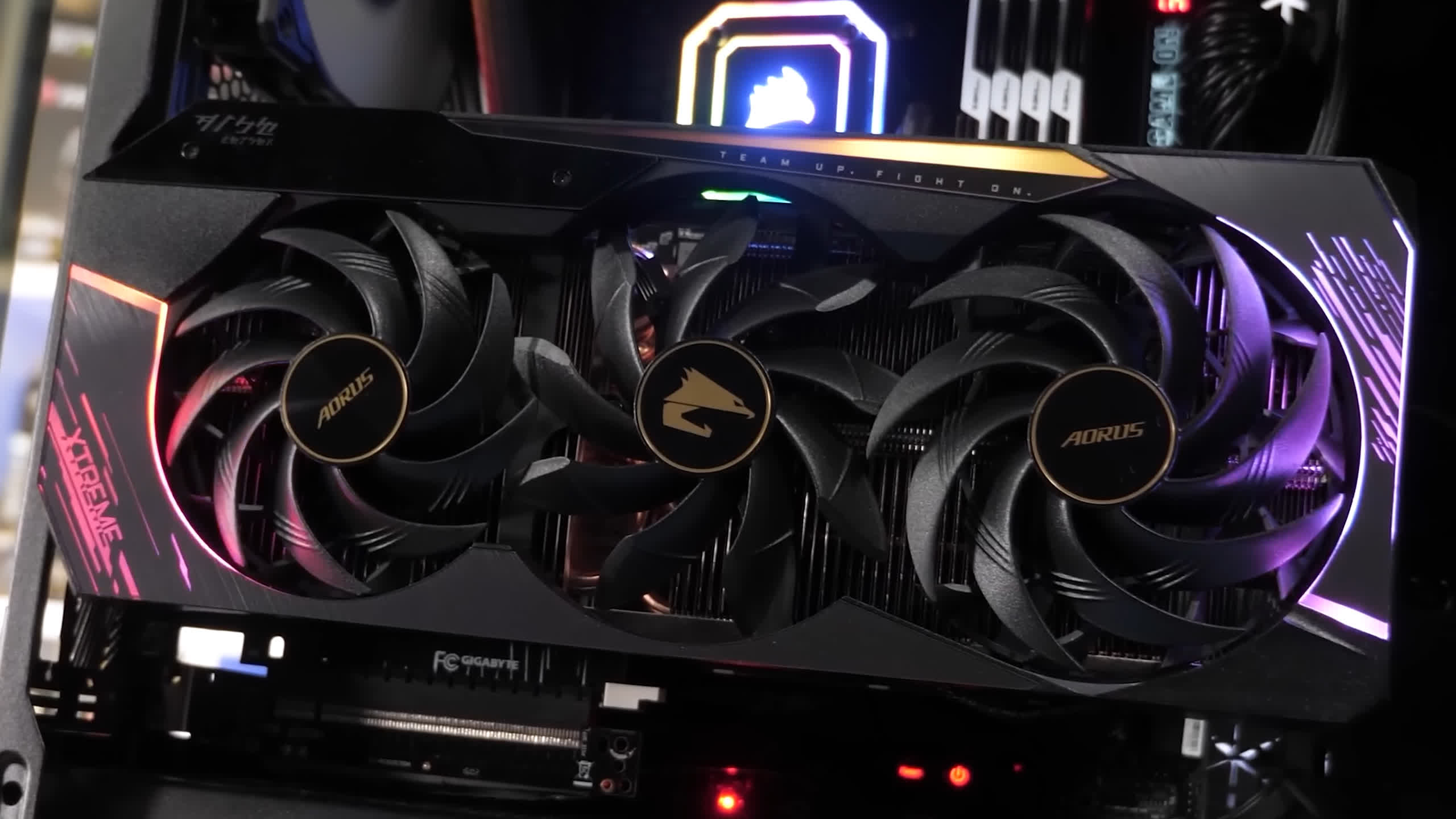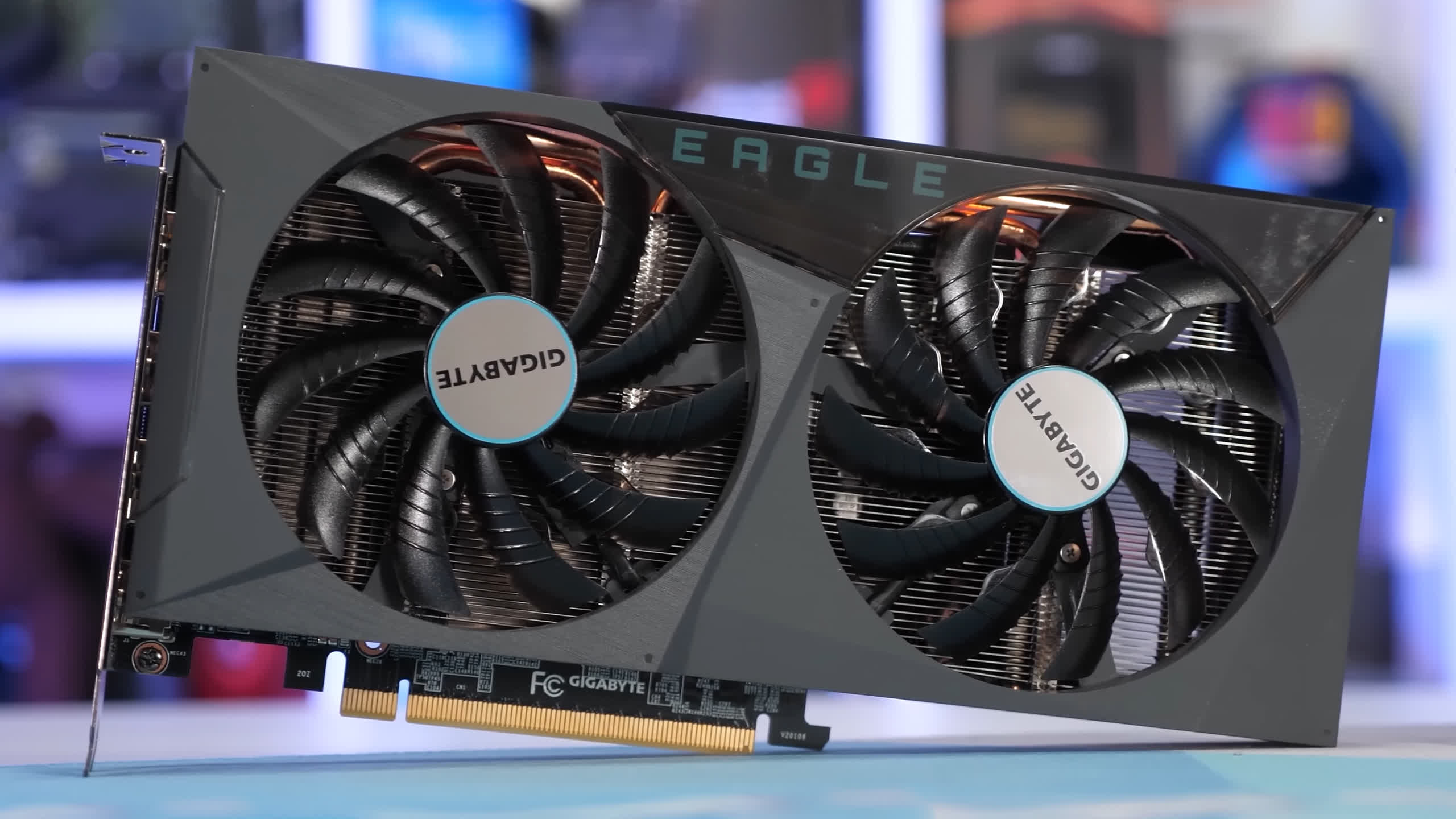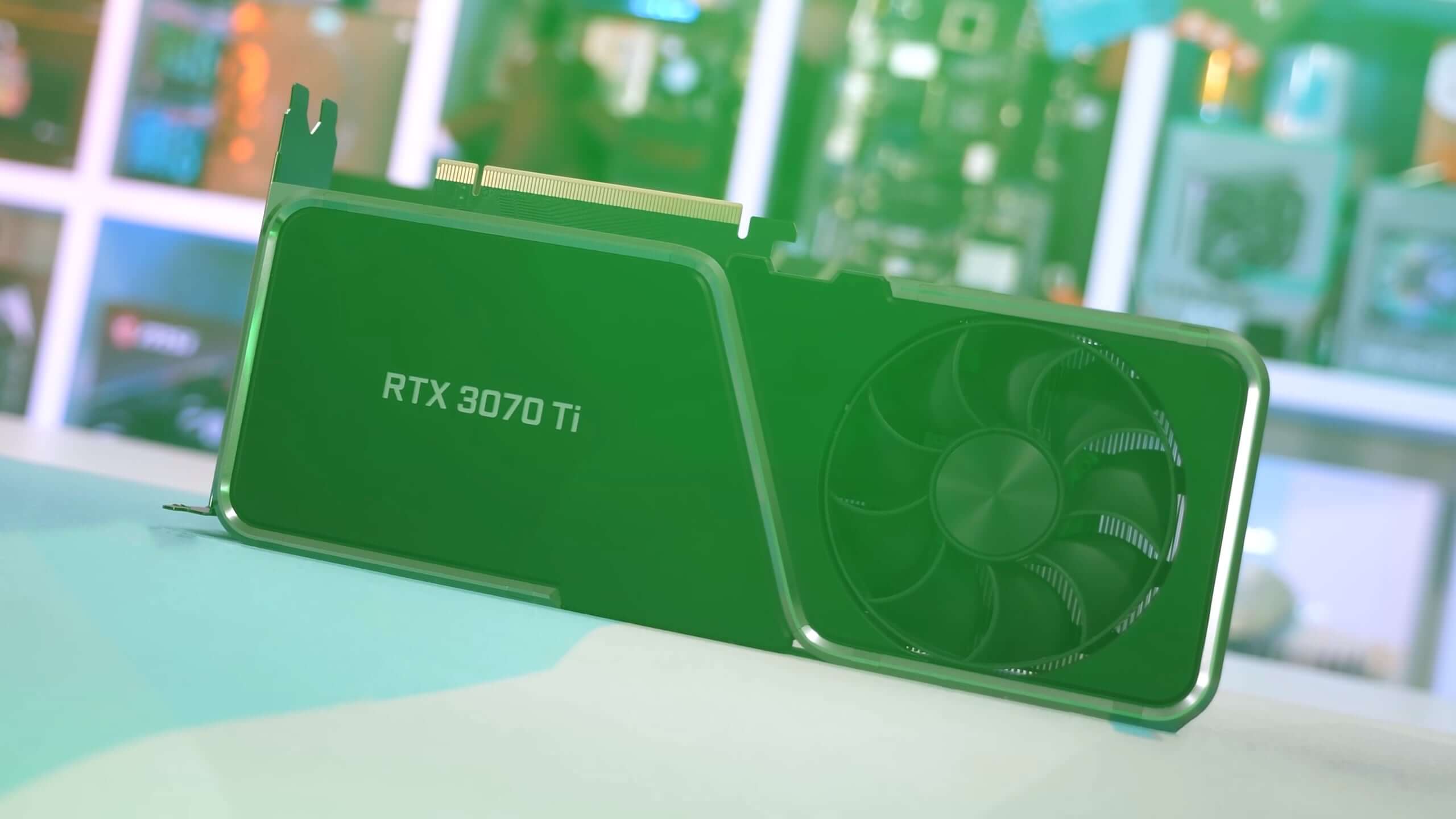Graphics card prices keep falling, so how about we look at what GPUs are the best value at the moment? This is sort of a complement to our GPU pricing update from last week. We ran a similar "Cost per Frame" feature back in April, but since then there has been considerable price changes, as GPUs are edging closer to MSRP and in some cases even below that.
Of course, this information will only be relevant if you are thinking of buying a GPU right now, which may not make the most sense depending on your position and what sort of GPU you are after. As we've discussed at length now, buying a new high-end graphics card today may not be a great idea if those products will be superseded with newer, faster GPUs by the end of this year.
However, for those of you looking for something more modest, something in the mid-range of the lineup, it's likely going to be a while before those cards are updated. It also may make sense to buy if you don't want to wait for pricing of new generation GPUs to settle. Because let's be honest, pricing will almost certainly be inflated to some degree at launch, and availability could be poor for several months.
Today's cost per frame analysis is based on the data Steve collected for the previous version of this article, which includes most GPUs but not the very latest ones from AMD, such as the 6750 XT and 6650 XT. However those cards aren't worth buying anyway, so no big loss.
As before, the six games chosen for this comparison were picked carefully from our 50 game sample to be generally representative of how each card performs. The games are: Red Dead Redemption 2 using medium settings, Rainbow Six Siege using medium settings, Far Cry 6 medium, Hitman 3 medium, Dying Light 2 medium, and Shadow of the Tomb Raider at the high quality preset. We won't be going over each individual game, but rather use average data calculated using a geomean, which gives us a summary of the performance of each card, which we can then use for cost per frame.
The reason why we are using medium quality settings is so that we can feature both entry-level and high-end products on the same chart. Today's entry-level cards – think the RX 6500 XT – aren't geared towards gaming using high quality settings, so medium is the limit for those cards. Meanwhile, higher-tier models typically fare just fine on medium, though many will choose to play using Ultra. We also have some 4K data which will be most useful for high-end cards.
All testing was conducted using the Ryzen 7 5800X3D with DDR4-3600 CL16 memory and Resizable BAR enabled, which is a setup that minimizes CPU bottlenecks as best as possible, especially when testing at 1080p. Also please note that the pricing information discussed here was taken from our pricing update article from last week, so pricing may have moved slightly over the last few days. Let's now get right into it...
Best Value GPU at 1080p
Just as we saw in April, the best value GPU for 1080p gaming is the AMD Radeon RX 6600, which ends up with 7% better cost per frame than the Radeon 6600 XT in second place. The 6500 XT sits in third, though given its low level of performance and limited feature set, this card should be offering the best cost per frame value by a mile to compensate. While pricing has come down to sit at just $180, lower than its MSRP, to match the cost per frame of the 6600 it would need to be priced no more than $160 which is the current asking price for the RX 6400.

Like we've been saying for a while now, pricing should have started at no more than $150, and around $100 would have been best.
Also of relevance in this entry-level card battle is the RTX 3050, which at $330 is sitting between the RX 6600 and RX 6600 XT right now. However, the GeForce model costs 43 percent more per frame than the 6600, and 33 percent more than the 6600 XT, which we think is impossible to justify. The RTX 3050 remains a bad value despite all the improvements to pricing over the last few months.
A much more appropriate comparison is to the RTX 3060 at $380. Back in April this card cost 22 percent more per frame than the 6600 XT, now that margin has shrunk to just 13 percent, which makes the RTX 3060 a solid buy for 1080p gaming in our opinion. If you don't care about DLSS though, which isn't too effective at 1080p, the 6600 XT would be the better choice.
Best Value GPU at 1440p
For 1440p gaming we can compare the higher end models, although the overall positioning of each card hasn't changed much relative to the 1080p data. The RX 6600 is still the best value GPU in terms of cost per frame, but the RX 6700 XT is surprisingly close at just 4 percent more per frame. These two cards aren't in the same product tier given the gulf in performance, but it does point to the 6700 XT being a great value purchase around $500.

Of course, some people will bring up the 6700 XT's lack of features, such as its inability to run DLSS and weaker ray tracing support than Nvidia options. We think those are relevant here, as the RTX 3060 Ti costs just 12 percent more per frame; it's slightly slower than the 6700 XT in rasterization at 1440p, and also costs $30 more.
In this price tier we think a lot of gamers would be willing to take a relatively small hit to cost per frame in order to gain access to Nvidia's features, at least until FSR 2.0 can catch up to DLSS over time.
Thanks to price drops on the Nvidia side, it's also now harder to make a definitive call in the higher segments of the market. Before AMD was sitting comfortably below their Nvidia counterparts, but that's no longer the case. The 6800 XT and RTX 3070 have the same cost per frame value, while models right up to the RTX 3080 are within 15 percent of the 6800 XT. Depending on how you evaluate Nvidia's features, it may make sense to go with the RTX 3080, where previously AMD was definitely in pole position.
However, if you are looking for the nearest Nvidia card to the 6800 XT in terms of rasterization performance, that model is the RTX 3080 Ti, which is currently 37 percent more expensive per frame. We definitely wouldn't recommend that model, or anything higher end in Nvidia's line-up, which are poor value. But from the RTX 3080 12GB and below we think you can make a case for choosing Team Green as Nvidia GPUs have become more value competitive in recent months.
Best Value GPU at 4K
Moving up to 4K gaming, we see Nvidia RTX 30 GPUs move up the charts as their performance scales better at higher resolutions than AMD's. While the RX 6700 XT is the outright leader in cost per frame, the 3060 Ti is also towards the top of the chart, costing 8 percent more per frame than AMD's offering. That's a higher margin than back in April, but still close enough to consider, especially if you think Nvidia's feature set will provide you with strong value.

At this resolution high-end cards are of most interest, particularly those delivering over 90 FPS on average. The best value GPU here is the RX 6800 XT, but like we saw at 1440p, GeForce products are closer this month than before.
The RTX 3080 is just 5 percent more per frame, up from 13 percent more in April, so with such a close battle it's hard to overlook Nvidia given the additional features on offer. The battle between the RTX 3080 Ti and RX 6900 XT has also become closer, whereas before the GeForce model was 19 percent more per frame making the Radeon card the obvious buy, now it's just 11 percent more and a much harder decision.
What hasn't changed much is that Nvidia's flagship GPUs are horrible value. The RTX 3090, and especially RTX 3090 Ti, are barely faster than the RTX 3080 Ti but cost 58% more per frame in the case of the 3090 Ti. While the large VRAM buffer is useful for some workstation applications, for gaming it's very hard to justify the 3090 series.
Best GPU Value Outside the US
Although we generally reference US pricing for all our reviews, in this instance we think it's useful to look at data from other regions, because pricing and cost per frame can vary drastically depending on the market.
Let's take a look at the data from Europe. In this case we're still looking at the 1440p six game average, but we're now getting prices from Mindfactory in Germany - though of course pricing in your country may vary, this is just one sample from Europe, we can't grab data from every retailer...
Best Value at 1440p (Europe)

In Europe, pricing is more favorable towards AMD right now. Like in the US, the RX 6600 is the best value GPU on the market, but there's another four AMD cards before the first Nvidia model including the RX 6800 XT. In most head to head battles this makes it hard to recommend a GeForce GPU. The 6600, for example, is 10 percent slower than the RTX 3060, but costs 21 percent less per frame as you're saving over 100 euros going with the Radeon. That puts the 6600 in a stronger position than in the US for the mainstream market, although in Europe the RTX 3050 appears to be better placed (but still not amazing value).
Then for mid-range buyers, the RX 6700 XT is similar to the US in its position relative to the RTX 3060 Ti, with the GeForce model costing 12 percent more per frame. However it becomes hard to justify anything above 500 euros relative to either of these cards, even the RTX 3070 is 10 percent more per frame, a larger margin than over the Atlantic. The one exception is the RX 6800 XT which at a cost per frame of under 5 euros is the clear go to choice for buyers wanting a premium frame rate. The nearest performing cards from Nvidia begin with the RTX 3080, and that model is 28 percent more per frame, hard to justify even with the difference in features. It gets even worse for higher tier models like the RTX 3080 Ti and especially the ludicrous RTX 3090 Ti.
Best Value at 1440p (Australia)

In Australia we're taking data from PC Case Gear, picking the lowest GPU price for all models listed. The two Radeon RX 6600 series graphics cards take the crown in cost per frame, while Nvidia GPUs are horribly uncompetitive here.
The RTX 3060, for example, is similar in performance to the 6600 XT, yet costs 55 percent more per frame. It's impossible to justify spending that much on the GeForce no matter how much you talk about DLSS in this performance segment.
In the mid-range, the RTX 3060 Ti costs 17 percent more per frame than the RX 6700 XT which is probably the most favorable comparison for Nvidia, but harder to justify than in other countries where these two models sit much closer in value. This difference in value is also true for the RTX 3080 vs RX 6800 XT, and like in other territories, the highest end Nvidia GPUs are impossible to recommend from a value standpoint. But generally in Australia you'll be paying a premium to buy a GeForce GPU, at least more of a premium than in other countries.
Wrap Up
That's where cost per frame sits for today's graphics cards in several key regions. Do keep in mind that we've just been looking at a 6-game average using medium settings at several resolutions. If you want more accurate information on a particular match-up, check out some of the head to head 50 game comparisons we've made, and apply the pricing data we've just been talking about.
The main takeaways from this review are somewhat similar to what we discussed in April. There are two groups of GPUs to be avoided if value is of any consideration: the RX 6500 XT, while not the worst card in terms of cost per frame, is a terrible product when you factor in its lack of features, limited PCIe bandwidth, and small VRAM buffer. We'd simply avoid it.
Then the RTX 3090 and RTX 3090 Ti should be avoided for a different reason. They offer the worst value on the market right now for gamers, plus they are bound to be the most hit when a new GPU generation by the end of 2022
As for the cards that should be considered, this will depend on your region. There are several cases of Nvidia closing the gap in cost per frame relative to AMD cards, but still roughly 10 percent more expensive per frame. If you're keen on features like DLSS and ray tracing, that sort of margin is borderline justifiable, but if not the AMD cards tend to be better value.
